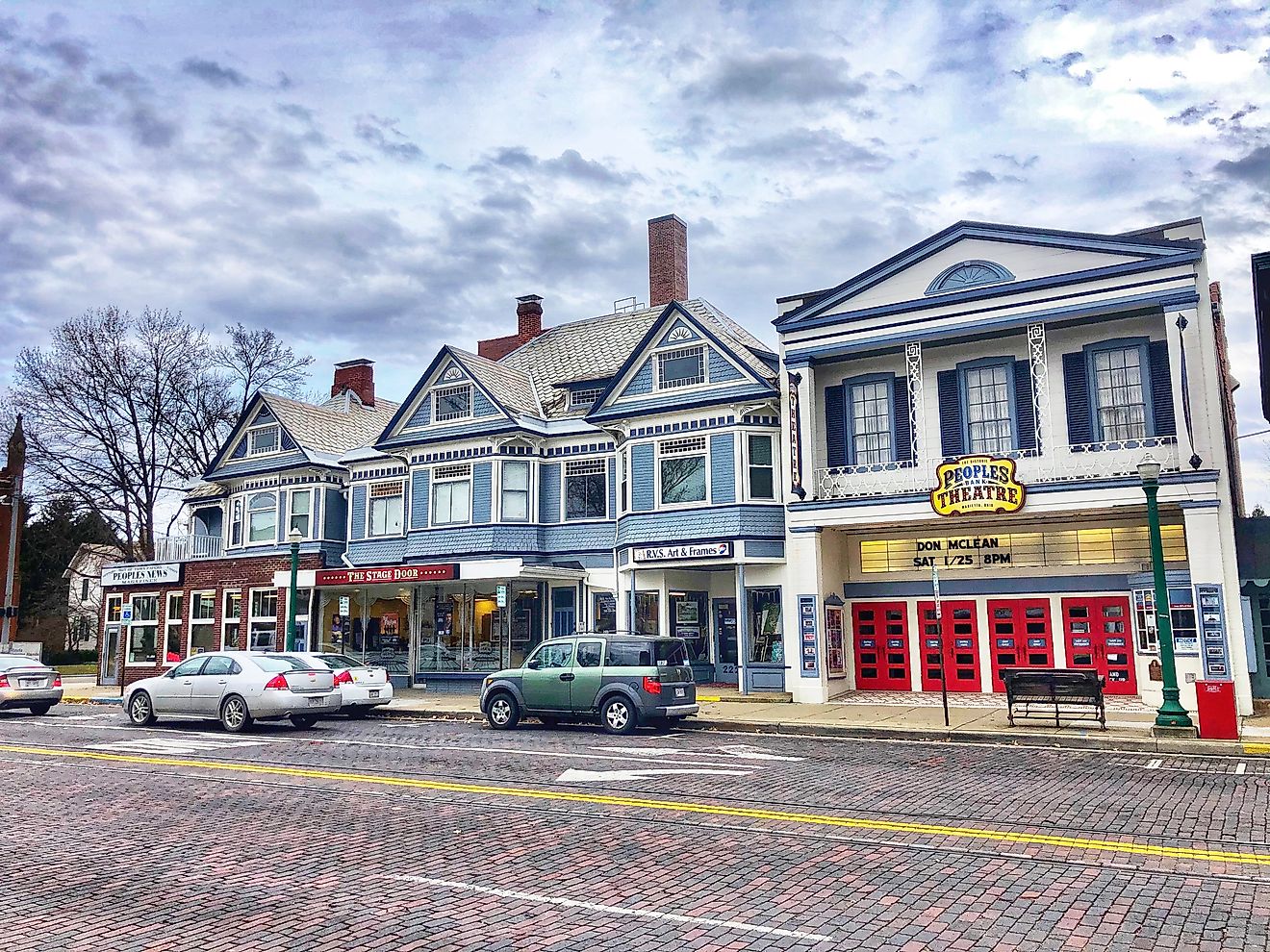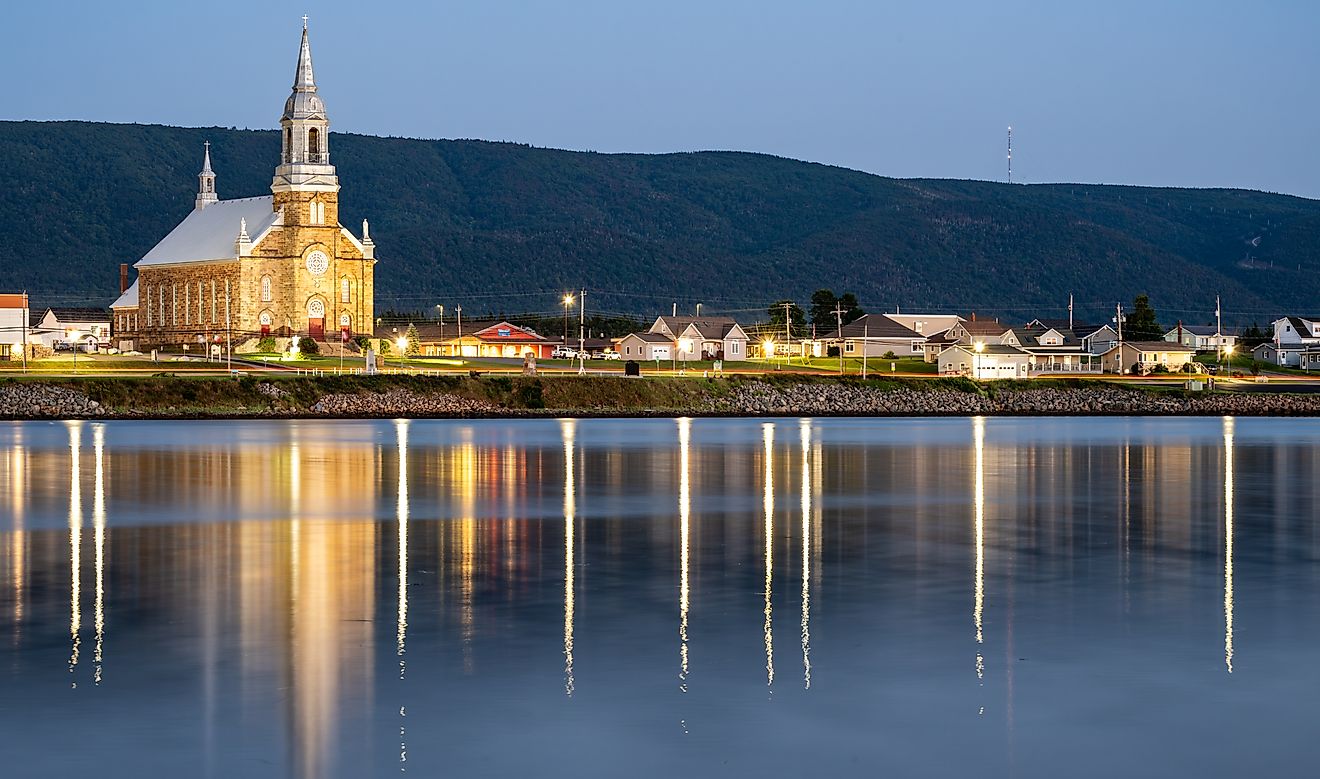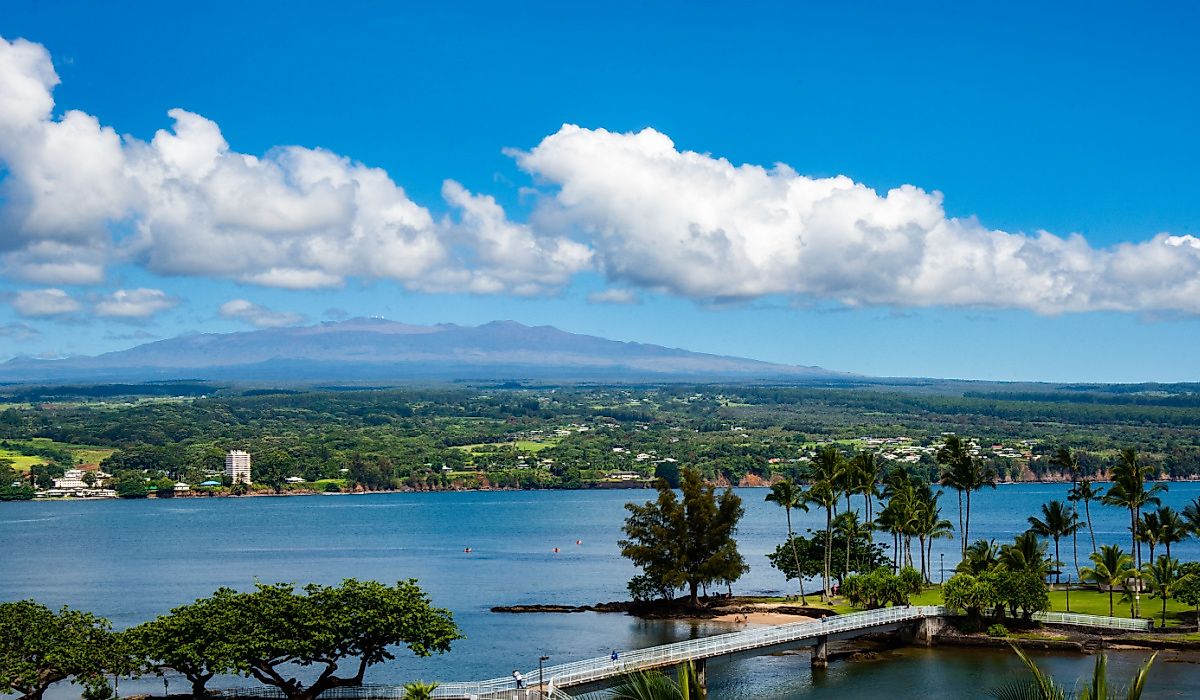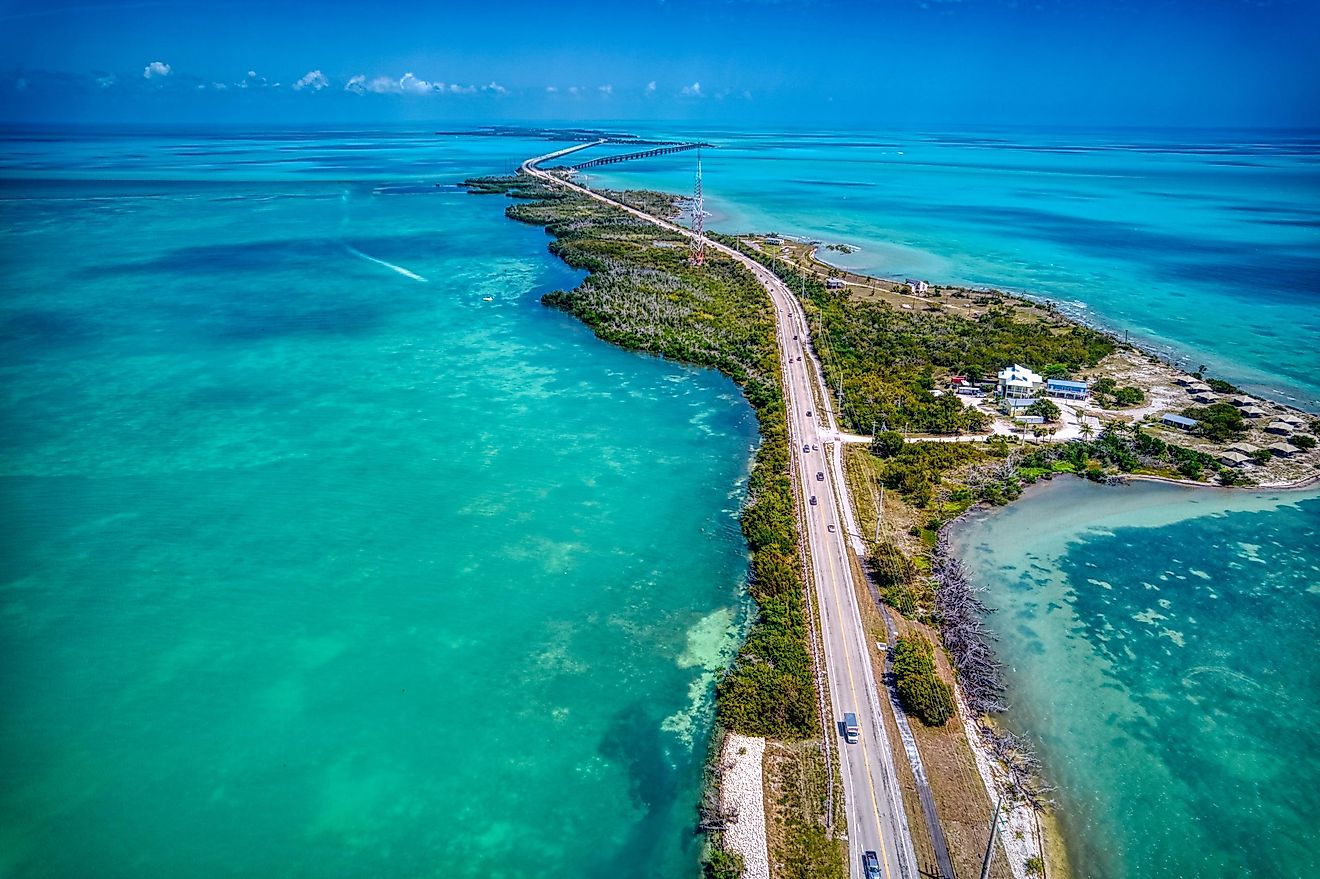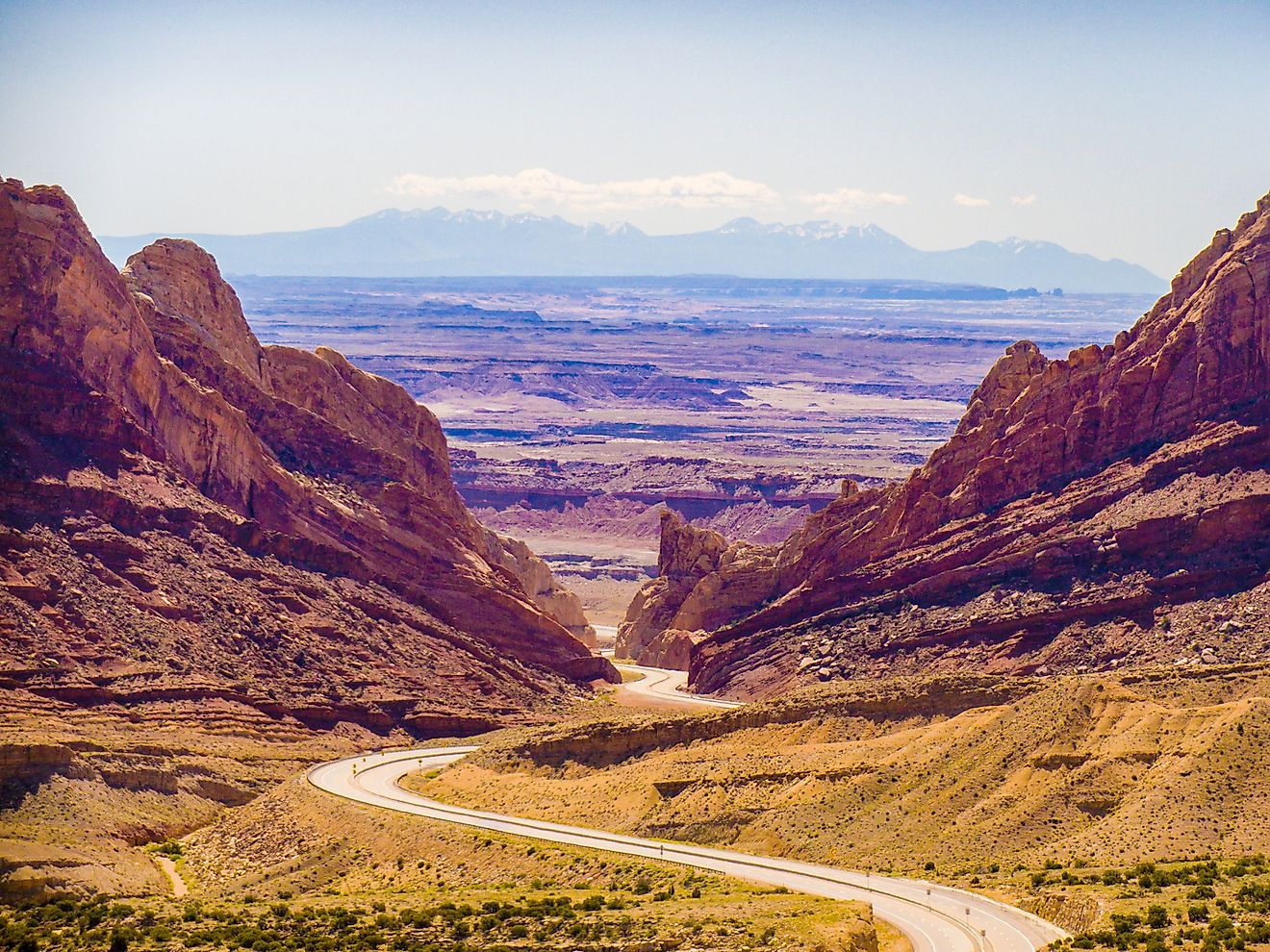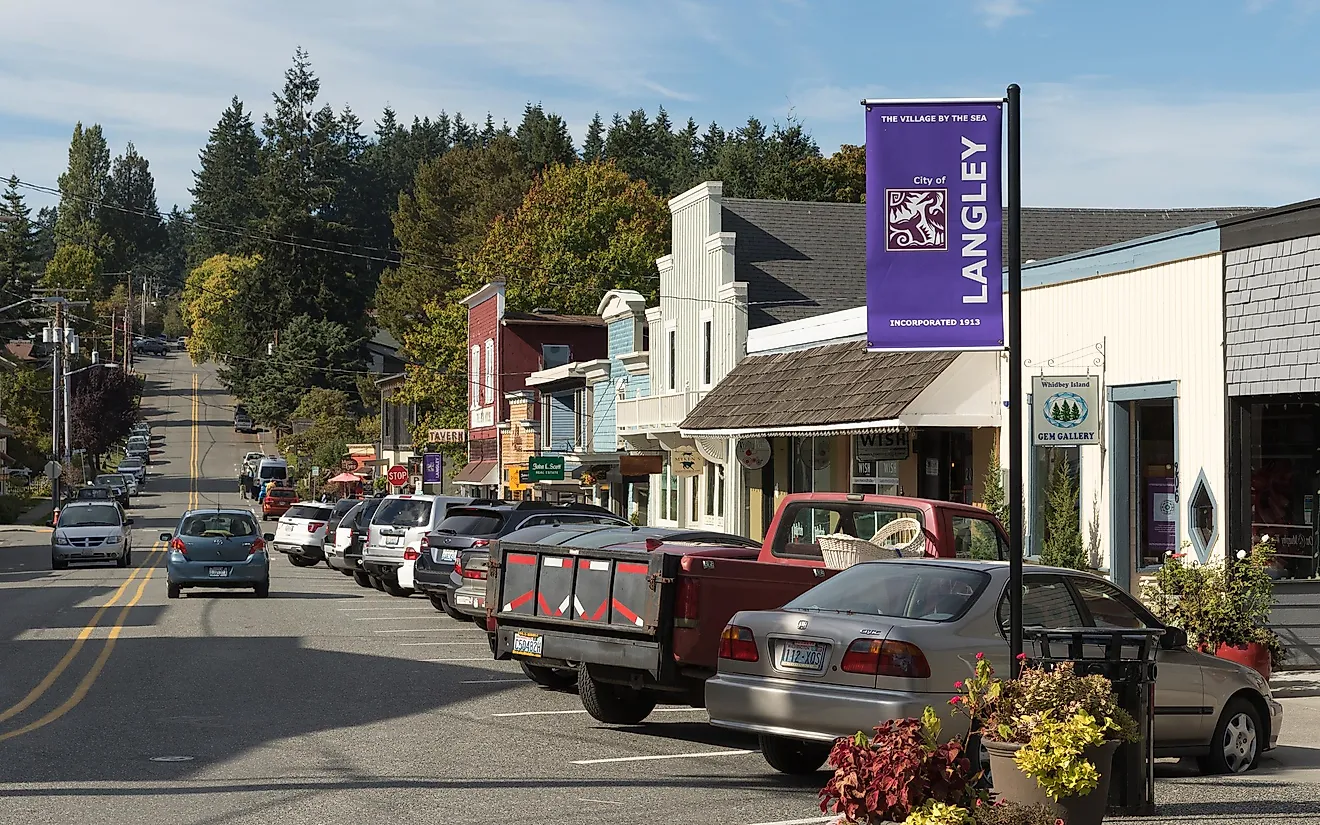Mount St. Helens - Unique Places in North America
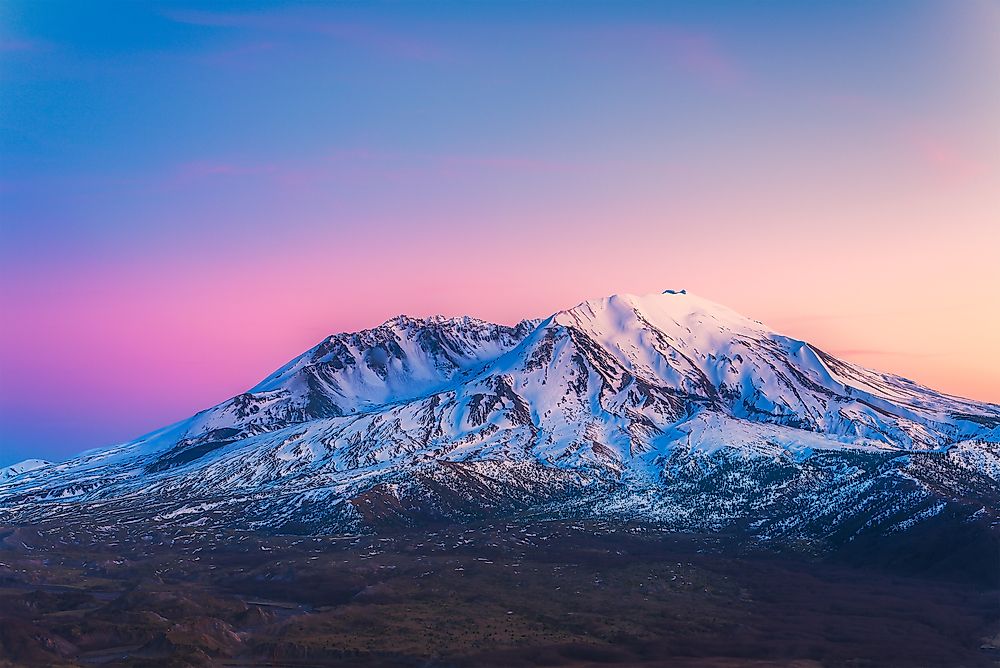
On August 27, 1982, President Ronald Reagan created the Mount Saint Helens national volcanic monument consisting of 110,000 acres in Washington. It was created after the 1980 volcanic eruption. The eruption was the most significant in the US since 1915 and it is remembered as the most disastrous in the history of the US. After the eruption there were a series of two months of earthquakes. The primary aim of the monument was for research, education, and recreation. The environment within the monument is left to respond to nature without any interference.
Description
Mount Saint Helens volcanic monument consists of areas around the mountain. These regions were created after the 1980 volcanic eruption. The eruption was so massive that it destroyed all of the area and environment nearby and also cost several people their lives. It is the volcanic eruption that created the landscape that is seen today. The area covers 110,000 acres, and over the years the area around the mountain has changed. The greenery of the landscape trees and springs have brought life back into the land. Wild animals and different species of birds have made the place home. To date, the Saint Helens Mountain is still an active volcanic mountain that is monitored closely by volcanologists.
Threat of Eruption
Due to Mount Saint Helens being active, it poses a great threat to the environment and the people living near the monument. The mountain is rated among the most active volcanic mountains in the US. The destruction witnessed in the 1980 eruption may occur again at any time. Although the mountain is still active, volcanologists are on the clock monitoring the mountains for any sign of eruption.
Habitat
The natural habitat of the Mount Saint Helena has brought back animals and birds which have made the place home. The ponds and springs created by the 1980 eruption are now home to different types of fish. The surrounding vegetation is home to animals like coyote, birds, insects, deer, and Roosevelt elk which have increased and surpassed the previous population before the eruption. Bats have also found a home in the volcanic monument.
Uniqueness
The fact that the mountain is still active makes it unique. The landscape created after the eruption in 1980 created some unique features. Tree trunks on the ground have rotten, leaving behind tunnels which have bark imprinted on the walls. One tunnel is five meters wide, five meters high, and it is 1.2 miles long. The lava from the blasts has also created a magnificent canyon in the valley of the Castle Creek.
Tourism
The Mount Saint Helens Visitor Center at Silver Lake is a good place for tourists to see exhibits and the effects of the 1980 eruption. The next center for tourists would be the Bluffs Visitors’ Center from which you can get a helicopter ride to view the monument from the skies. The Johnston Ridge Observatory is good for sightseeing, while hikers would love the Boundary Ridge Trail which gives tourists unforgettable views of the blast zone. Other activities for tourists on the monument include the lava canyon trail, fishing, horseback riding, camping, and bicycling, among others.






